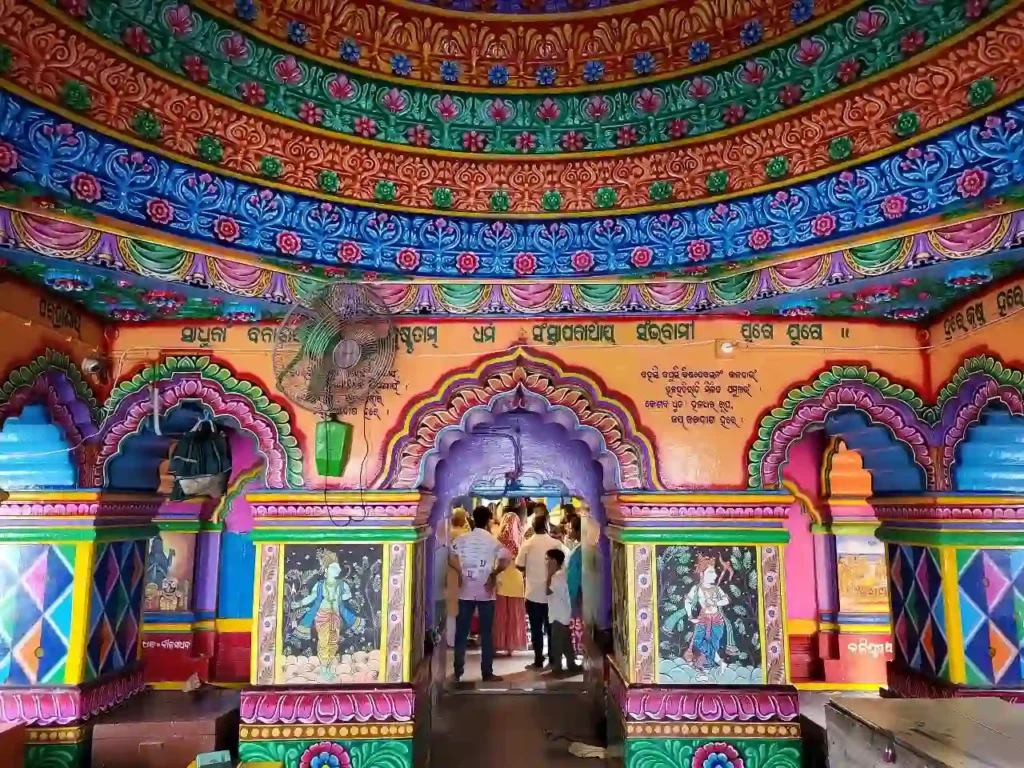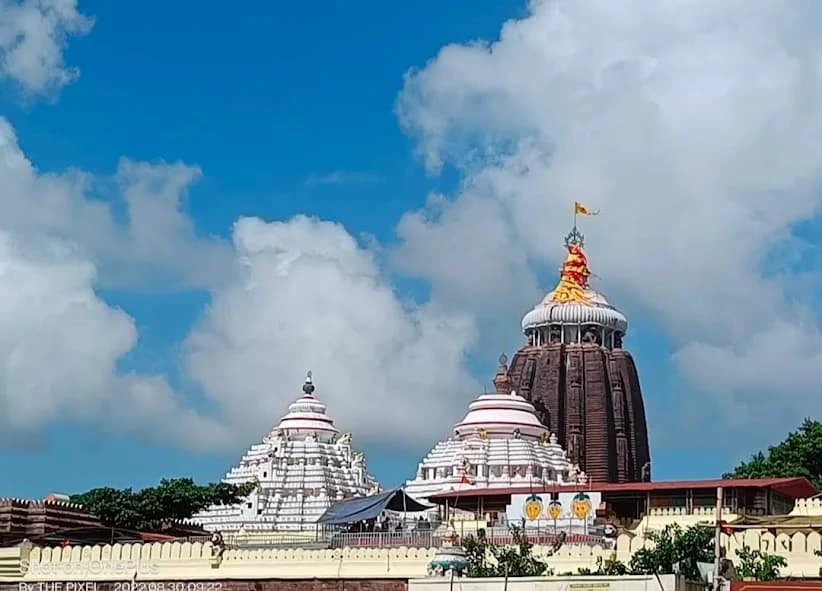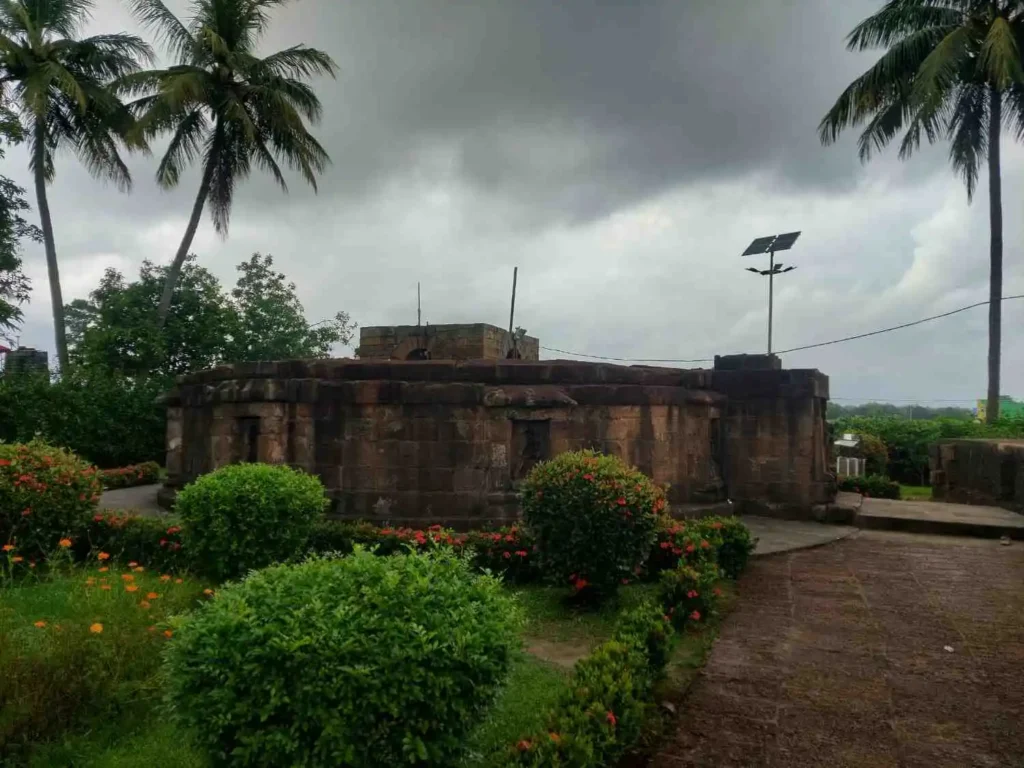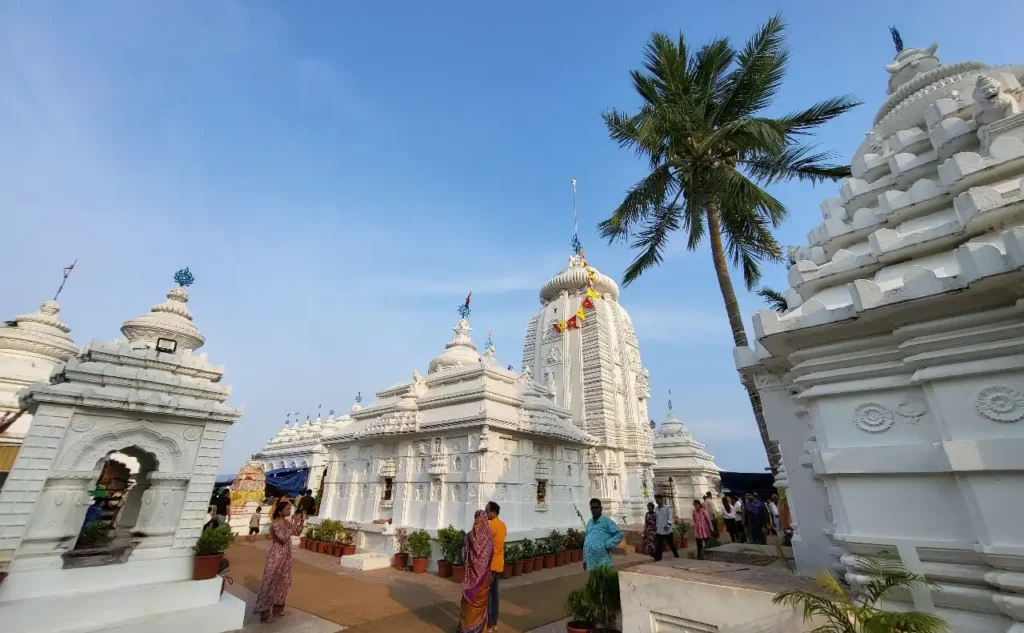
Table of Contents
Located on the serene banks of the Mahanadi River, the Kantilo Nilamadhaba Temple is not just a place of pilgrimage—it’s a timeless symbol of devotion, heritage, and harmonious coexistence of Shaivism and Vaishnavism. Revered as the second Srikshetra of Odisha, this sacred shrine holds a unique place in the cultural and spiritual landscape of India.
Let’s dive into the rich legacy, iconography, and architectural marvels of this ancient Madhava worship site that continues to attract thousands of devotees.The Origin and Spiritual Importance of Lord Nilamadhaba
In the vast pantheon of Hindu deities, Lord Nilamadhaba is regarded as a prominent form of Lord Vishnu. Moreover, the worship of Nilamadhaba dates back to the 4th century A.D., particularly flourishing along four major valleys in Odisha—Mahanadi, Prachi, Baitarani, and Rushikulya.
Among them, the Mahanadi Valley, especially Kantilo, emerged as a spiritual epicenter for Madhava worship. In fact, according to legend, the tribal chief Viswavasu worshipped Lord Nilamadhaba here even before the idol of Lord Jagannath was established in Puri.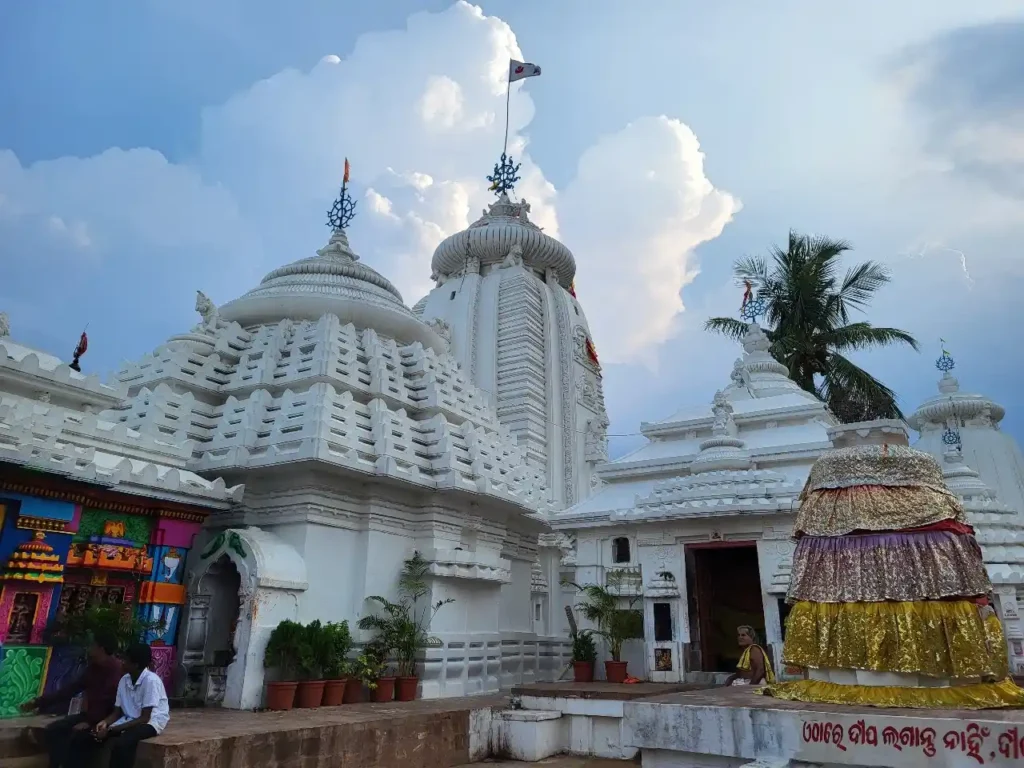
Kantilo: The Second Srikshetra of Odisha
Located about 9 miles from Khandapada, the site rests on a low hillock called Brahmadri Pahada. Kantilo offers scenic views of nearby temples. These include Simhanatha, Bhattarika, and Ramanatha. Furthermore, the Nilamadhaba Temple faces the east and follows the traditional Rekha Deula style. It closely resembles the Jagannath Temple in Puri. However, in this temple, the deity appears as a stone idol named Nilamadhaba.
The temple complex includes four cardinal gates, and the Garuda Stambha stands tall at the eastern entrance. Moreover, each gate connects to the next through masonry steps. The northern steps directly descend into the Mahanadi River, adding to the site’s sacred atmosphere.The Unique Trinity in Nilamadhaba
- Nila – Signifying Lord Jagannath, the creator of the blue sky and earth
- Ma – Representing Goddess Subhadra, the divine feminine
- Dhava – Indicating Lord Balabhadra, dressed in white garments
Architecture & Deities of the Kantilo Temple
First of all, the main sanctum (garbhagriha) enshrines a beautifully carved chlorite stone idol of Lord Nilamadhaba. He stands flanked by Sridevi and Bhudevi. In addition, sculptors carved Lord Garuda, the vahana of Vishnu, in a kneeling posture on the lotus pedestal. Above all, they depicted apsaras bearing garlands. The deity also wears a kiritamukuta along with other ornaments.
Furthermore, the Jagamohana (assembly hall) in front of the sanctum follows the Pidha Deula style. Therefore, one of its niches preserves an eight-armed Mahisamardini Durga, which shows how traditions upheld the historical co-existence of Shaivism and Vaishnavism in this sacred space.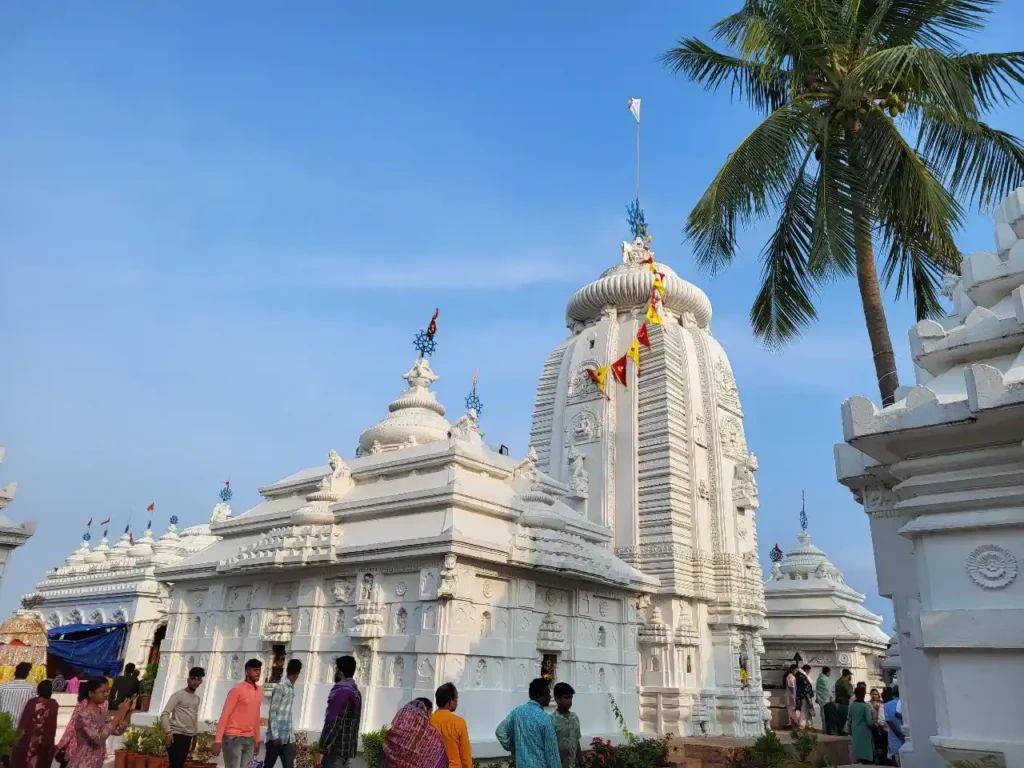
- Temples of Jagannath, Lakshmi, Saraswati
- Shrines of Siddheswar Mahadev, Nrusingha, Hanuman, and more
- Special structures like the Snana Mandap, Roshaghara, and Aruna Khamba
Harmony of Faiths: Shaivism & Vaishnavism
Interestingly, what makes the Kantilo Nilamadhaba Temple truly unique is its embodiment of Hari-Hara worship—a harmonious union of Lord Vishnu and Lord Shiva. Specifically, the temple of Siddheswar Mahadeva stands beside Nilamadhaba, reflecting centuries of peaceful co-worship.
In contrast, unlike Gandharadi where Mali priests worship Shiva and Brahmin priests worship Vishnu, in Kantilo, Brahmin priests perform rituals for both deities, showing a beautifully syncretic tradition.